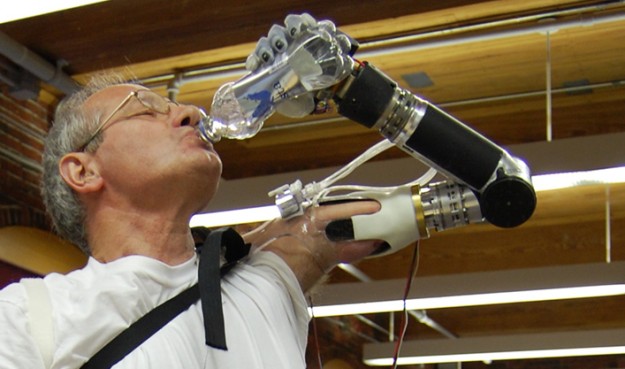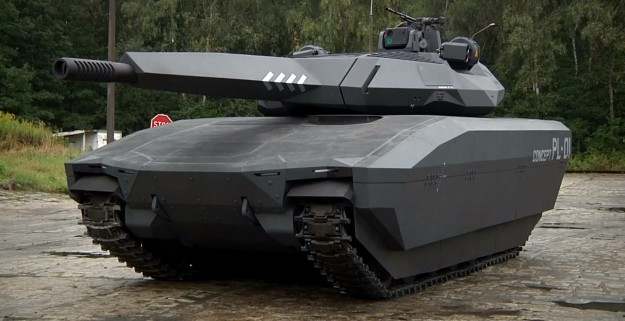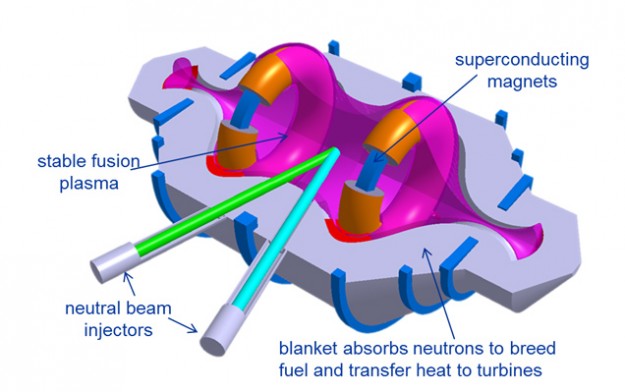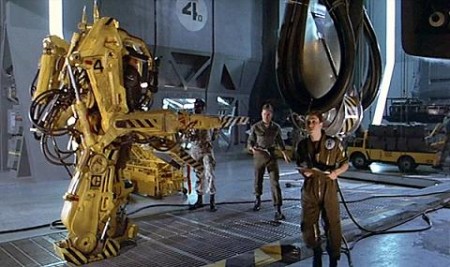BattleTech has a lot of amputee characters. Morgan Kell, Justin Allard, Kael Pershaw, Anastasius Focht/ Frederick Steiner, and Grayson Carlyle for instance; driving ‘Mechs is a dangerous business. But in the novels, most of the prosthetics were fairly advanced from a modern viewpoint. The characters could typically receive biofeedback and simulated nerve induction similar to the original limb. Some even had weapons built into them in a manner similar to cyberpunk settings like Neuromancer or Shadowrun.
By contrast, in real life, most prosthetic limbs seem more ornamental than functional. The can be cheaper and useful in the age of 3D printing, but they are still mainly wire and pulley affairs. The few electronic prosthetic limbs out there are usually specially-made affairs so expensive only the super-rich could afford — and are still clumsy and slow.
Hands are more than simple bone and meat clamps to hold things with. The motor cortex of the brain dedicates a full quarter of itself just to hand control- most of which is for fine motor control. The skin of the hands; particularly the fingertips and palms have some of the highest concentrations of nerve endings in the body. Simulating that in a prosthesis has been pretty much impossible. Until now.

Perhaps more refreshing than the water is the sense of accomplishment in regaining control and a sense of touch.







